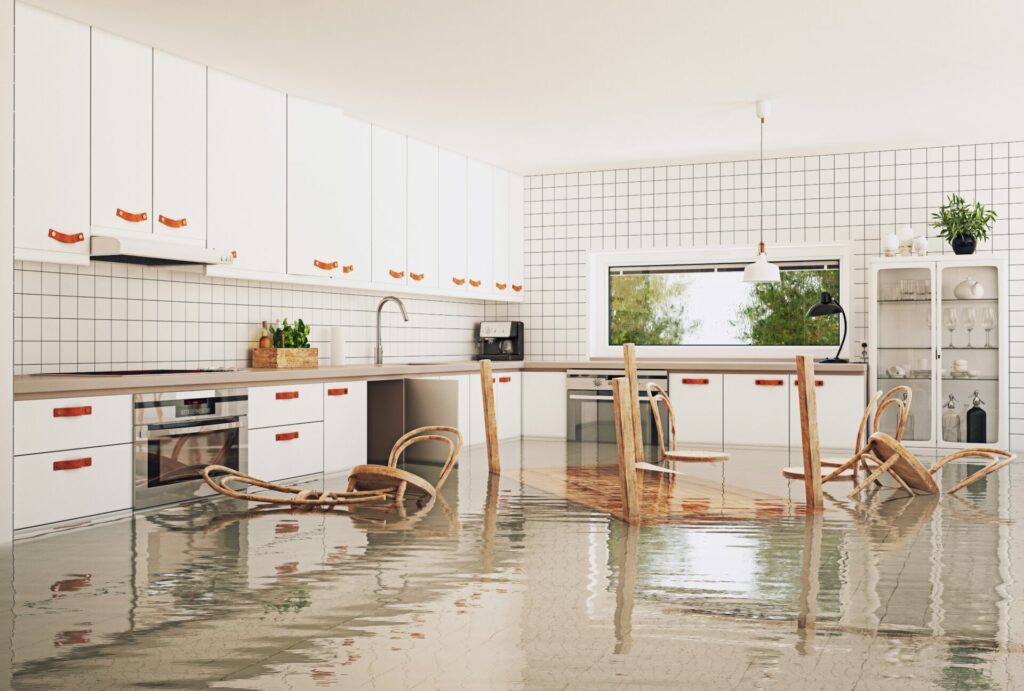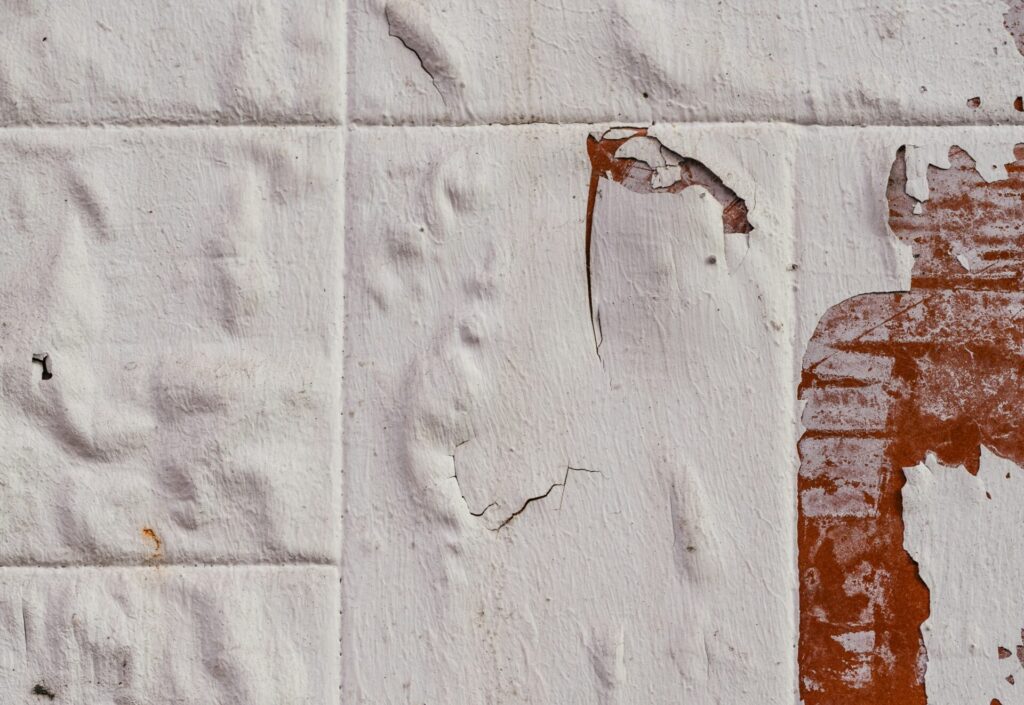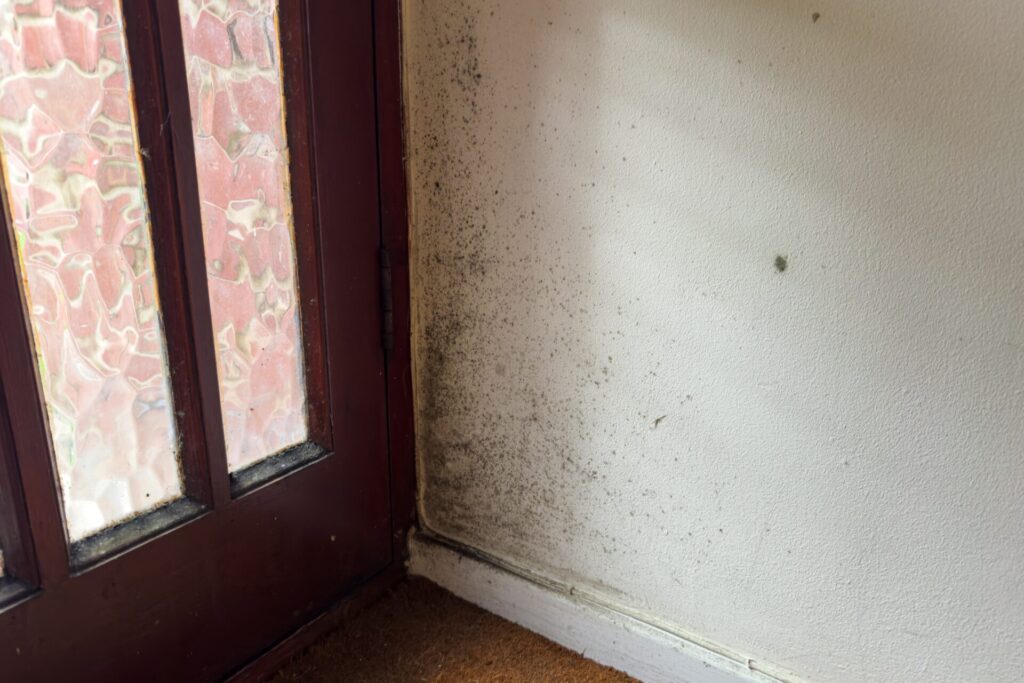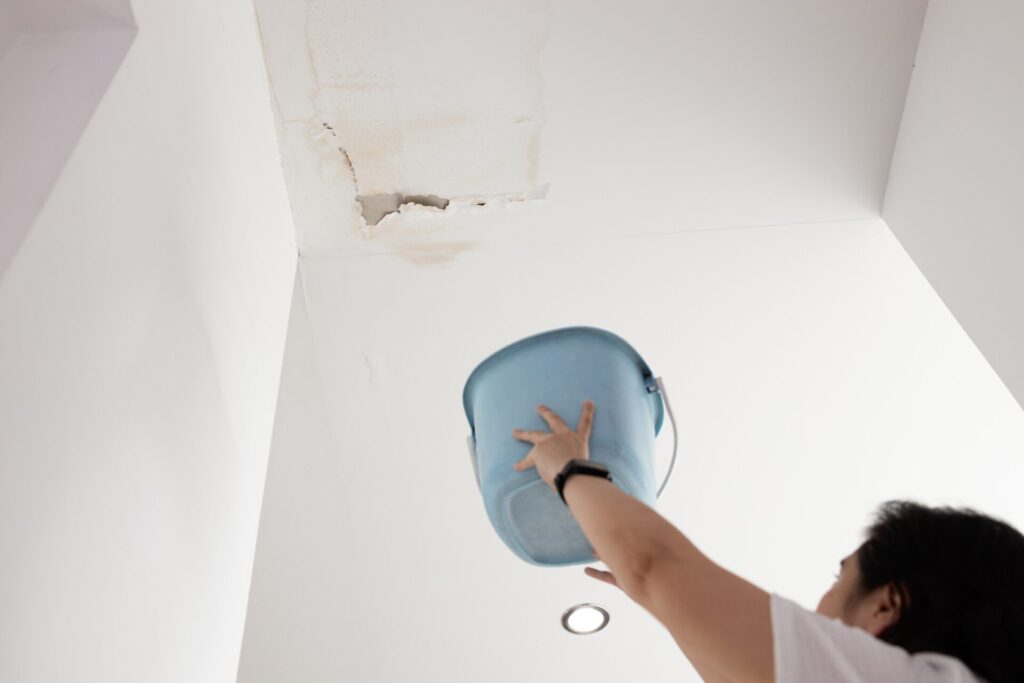What’s the weirdest thing your house has said to you? A creaky floorboard pretending to be a ghost? A toilet that hisses when no one’s around? Or maybe a drip that’s barely audible, but there when you enter the kitchen. Most people don’t panic over a small leak. It’s just water, right? A minor fix. Maybe you’ll deal with it after work. Or this weekend. Or when your tax refund comes in.
But like many things in life, that tiny issue you’re ignoring might be warning you of something much bigger. A drip can mean cracked pipes. A stain might signal structural rot. And a bubbling paint patch is your wall calling out for help.
Ignoring one leak can mean waking up one morning to your bathroom tiles sliding away like tectonic plates
Homeowners in older towns like Lackawana, New York, know this well. Once a booming steel town, it’s filled with beautiful but ageing homes. These buildings, much like the systems running them, need attention. Ignoring one leak can mean waking up one morning to your bathroom tiles sliding away like tectonic plates.

Hidden leaks and subtle signs could be your home’s early warning system — here’s how to spot them before a small drip turns into a costly disaster.
Why Timing Matters More Than Tools
People interested in keeping their homes safe from long-term damage usually start with small updates, but some issues call for immediate intervention. If you’ve spotted leaks around your shower, sink, or ceiling, waiting will only make things worse. It’s not just about grabbing a wrench or changing a seal, it might require cutting into drywall or re-tiling completely.
When things get this serious, it’s wise to turn to a reliable Lackawana bathroom remodeling service. Skilled professionals can look beyond the surface, identifying the root of the problem, whether it’s faulty plumbing, poor ventilation, or aged construction. They don’t just patch things u, they solve them. In homes built decades ago, it’s especially important to bring in experts who understand older systems.
And it’s often cheaper to fix it right the first time than to redo an emergency botch job. Waiting might feel easier, but it’s like ignoring chest pain because you don’t want to deal with a hospital bill. Spoiler: the bill gets worse.
And it’s often cheaper to fix it right the first time than to redo an emergency botch job. Waiting might feel easier, but it’s like ignoring chest pain because you don’t want to deal with a hospital bill. Spoiler: the bill gets worse.
Bubbling Paint Isn’t an Aesthetic Quirk
Let’s move past the bathroom. Say you walk into your hallway and notice paint bubbling or peeling. That’s not your wall’s version of acne. It’s water. Maybe from a leaking pipe inside the wall. Or an issue in your upstairs bathroom seeping into your downstairs ceiling.

These signs are subtle, but they’re more important than they look. That paint bubble is the tip of an iceberg, and what’s underneath could be a soggy mess that compromises the structural integrity of your walls. You can’t just pop it, paint over it, and call it a day. You need to find out why it’s happening and stop it at the source.
Think of your home as a body. Bubbling paint? That’s swelling. Drips? That’s internal bleeding. Would you slap a bandage on a broken leg and keep walking? Probably not. So don’t do it with your house.
Listen to the Smells, Too
Another sign people often ignore is smell. If your bathroom starts smelling like mildew or something ‘off’ even after cleaning, it’s not just humidity. Hidden moisture builds up in places like behind vanity cabinets or under flooring where mold thrives.
Now, mold isn’t just ugly, it’s also dangerous. It can affect air quality and trigger health problems, especially for kids, the elderly, and anyone with allergies or asthma. It doesn’t need visible leaks to grow, just enough moisture, darkness, and time.

The nose knows, and a musty smell is a red flag. If your bathroom or kitchen smells damp even when it’s clean and dry, it’s time to start investigating.
Loose Tiles? That’s a Problem
Loose tiles may seem like a small cosmetic issue if one moves slightly or another clicks. Maybe it’s just age or adhesive failure, but again, small signs can be code for big trouble.
Shifting tiles can indicate that water has found its way underneath. It compromises the adhesive and starts loosening everything. Left alone, that leads to full tile failure and damaged subflooring. Worse yet, wet wood under those tiles can become a magnet for mold and pests. Bugs love damp, dark spots—especially carpenter ants and termites.
Most homeowners don’t even think to pull up a tile until it’s already cracked. And by then, the damage beneath has had months to grow.
The Cost of Avoiding Eye Contact with Your Ceiling
Ceiling stains are perhaps the most obvious symptom of a leak—and the one most people try hardest to ignore. Maybe you rearrange furniture to draw the eye away. Or dim the lights when guests come over. But stains don’t fade with time. They get bigger, browner, and eventually, heavier.

Water-soaked ceilings sag. They develop bubbles, cracks, and, at their worst, cave in. Yes, cave in. Entire ceiling collapses aren’t just horror stories told by real estate agents trying to upsell new builds. They happen, and often the early signs were there for months.
If you notice even a faint water ring on your ceiling, don’t assume it’s old or inactive. Check your upstairs plumbing. Look in your attic. Trace the source, or get someone who can.
Fixing a Leak Isn’t Just Maintenance—It’s Strategy
Think of leak repair not as a chore, but as defense. It’s you protecting your time, your money, and your peace of mind. It’s the difference between a Saturday fix and a six-week renovation. Between a dry home office and one you’re trying to dehumidify with three fans and a prayer.
And it’s not all doom and gloom. The good news? You can usually spot the signs early—if you’re looking. If your tiles are moving, your paint is bubbling, or your nose keeps catching something funky, don’t write it off.
Treat these symptoms like you would in your own body. Ask questions. Get checked. Follow through. Because when the leak isn’t just a leak, it’s your house telling you a story—and it’s rarely a happy one if you don’t listen.









